Follow @neilsteinberg
“Do you have any questions about your prescription?” asked the gal behind the pharmacy counter at CVS.
“Yeah, how do you keep from becoming addicted?” I replied. She was taken aback, smiled uncomfortably and muttered something like “Oh you’ll be fine” before pushing the bag at me.
I wasn’t worried about myself. I was picking up opioid painkillers for my son, suffering from an inflamed throat that felt like “swallowing broken glass.”
In one of those coincidences that would look trite in fiction but happens in real life, I had just been on the phone with William Moyers, vice president of public affairs for the Hazelden Betty Ford Foundation. He was in Chicago for a speech and called me, well, because that’s what vice presidents of public affairs do.
“Opioids are the Trojan horse of addiction,” said Moyers. “They sneak up on us and our families and communities like no other substance of misuse. That’s what makes it so scary. They’re clean, easy, legitimate and omnipotent.”
That’s what worried me. Fifty percent more people died of opioid overdoses in 2014 than died in car wrecks. Some 75 people die every day in the United States from opioid overdose, an “epidemic” which suddenly is being compared with the HIV-AIDS epidemic of the 1980s.
OPINION
If drug addiction were a science fiction movie monster — not much of a stretch, really — opioids would be one of those growing, pulsing radioactive 1950s blobs gobbling everything in its path, getting bigger and bigger while the authorities scratch their heads trying to figure out what weapons work against it.
There is the old stand-by of law enforcement. Last Friday, Chicago police announced they had charged 33 gang members with dealing heroin. They were immediately replaced, no doubt, by 33 other gang members dealing heroin.
There is treatment, though most users — nearly 90 percent — never receive it. Even if they do, finding a rehab model that provides results is a challenge. Beside the 12-step stalwarts of Alcoholics Anonymous and Narcotics Anonymous, there are centers that stress harm reduction — aka, not requiring patients to completely give up the substance they’re abusing, just use less. One of the oldest rehab organizations in the country, Hazelden Betty Ford, finds itself in the uncomfortable position of dispensing narcotics to the very patients it’s supposed to be helping to stop taking narcotics
“We’re primarily an abstinence-based organization,” said Moyers, a former crack addict and the son of prominent PBS newsman Bill Moyers. “But we gotta get with the times. We had to change our treatment regimen to address opioid addiction. We’re using opioids to treat addicts, which caused a lot of blowback at our facilities. The abstinence community is saying, ‘Huh, Hazelden, what’s going on?’ We had to do it. We were having great success with opioid addiction treatment but discovering that in many instances their craving was such they relapsed and died.”
Hard to treat dead people. Harm reduction is a repeat of earlier approaches, when methadone was introduced in the mid-1960s as a replacement for heroin. The argument for it is that it permits hardcore addicts to get through their days while getting treatment, cutting down the crime and death that accompany uncontrolled drug use. The con is they’re still taking drugs. It’s a little like permitting an alcoholic light beer. That usually doesn’t end well.
I don’t know the answer on this one. I’m of the “a little is too much” school of thought, but I’m not an opioid addict, and I’m also a firm believer in “Do what works.”
Moyers tells a story about being grilled over Hazelden’s policy by an abstinence-only advocate:
“He said, ‘You are ruining AA! You’re discharging people into the recovery community under the influence of Suboxone.’ At the end of the meeting he stepped out of the coffee shop, took out a cigarette and lit it. I said, ‘You’re ruining AA. You’re using nicotine to mange your recovery. You’re under the influence. You have to smoke to stay abstinent.’ He got it. It’s not that simple.”

